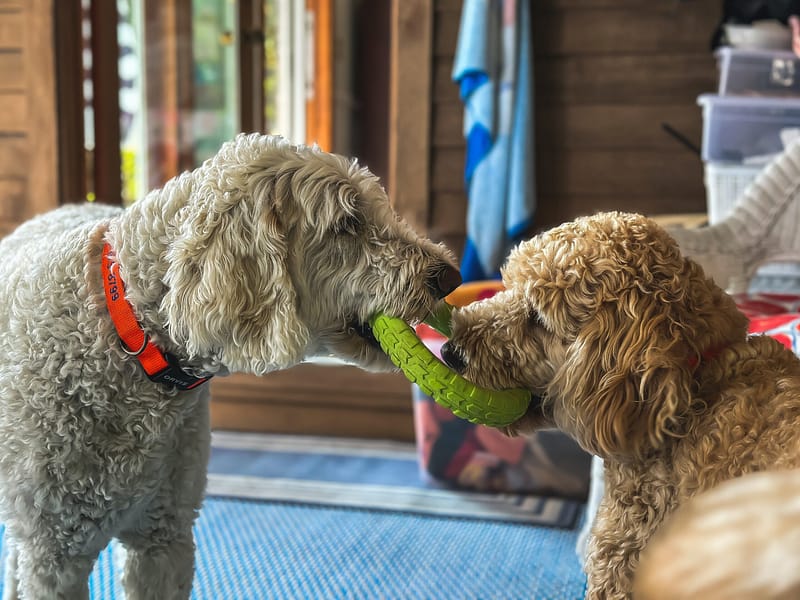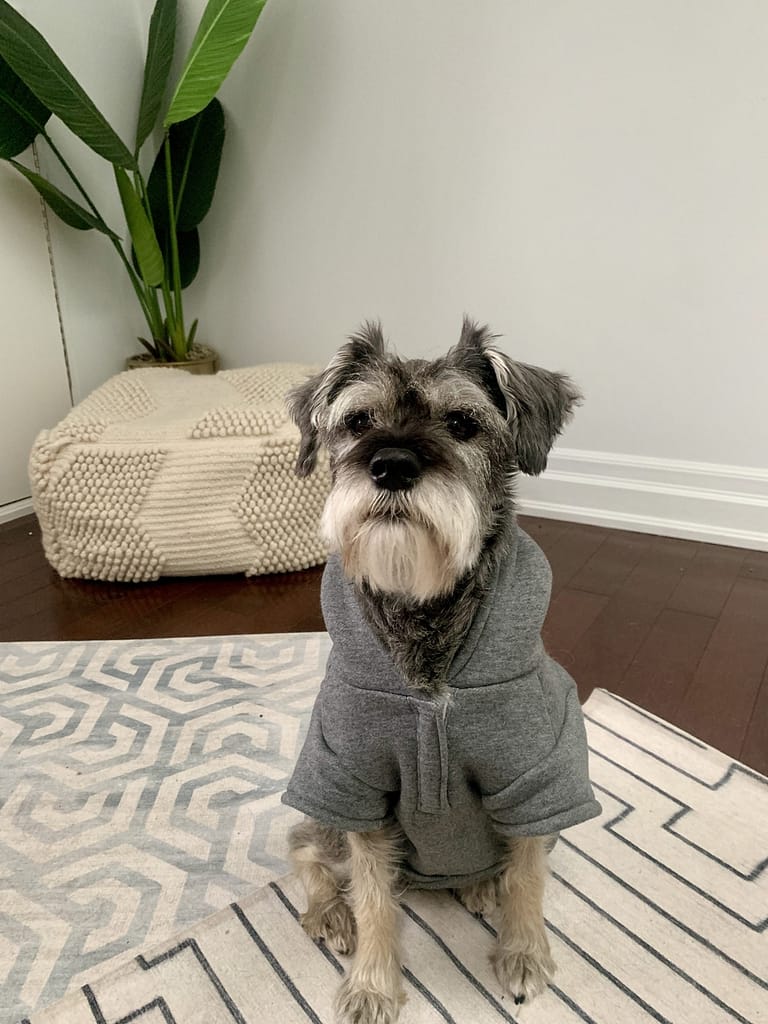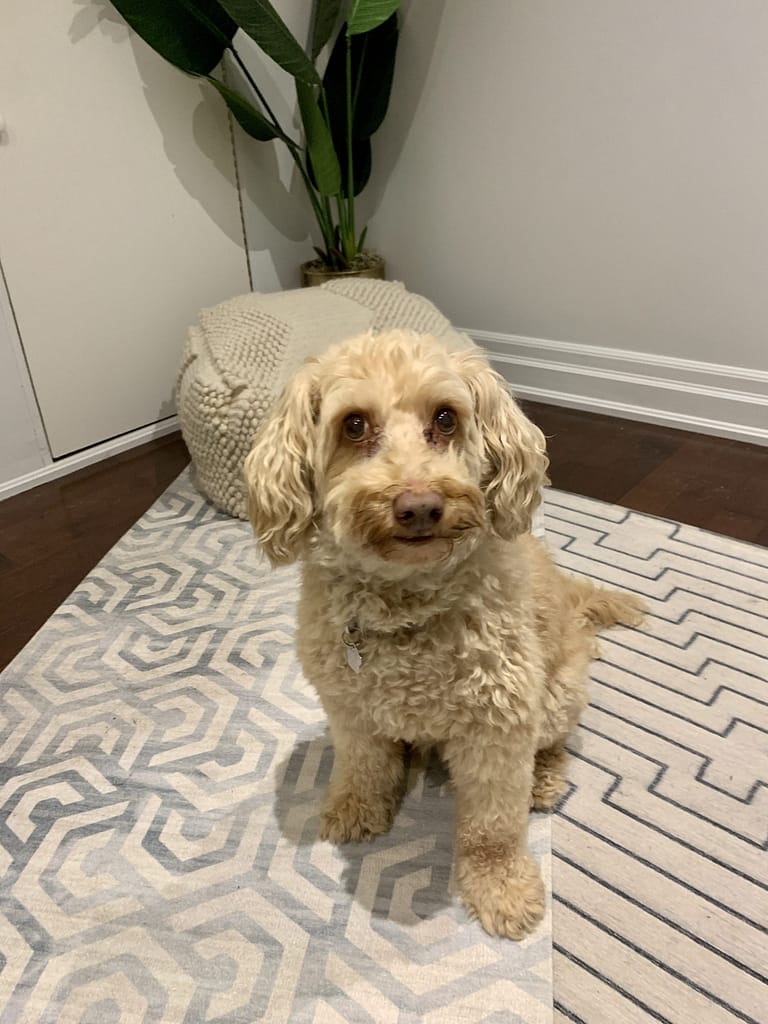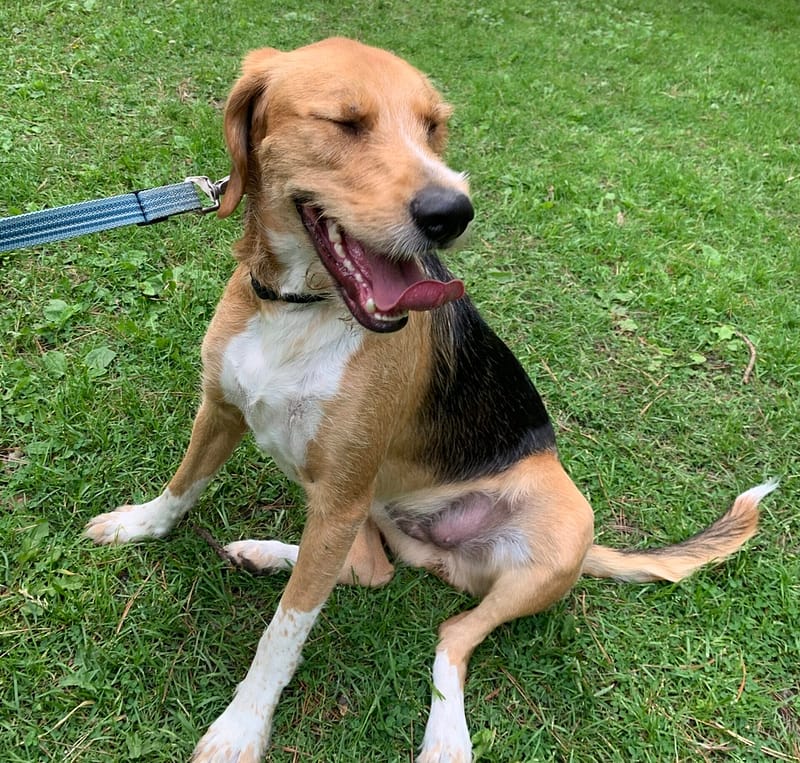It is a universally well-established fact that Dog is a man’s best friend. However, we may look at “friendships” a little differently than our dogs. The term “dog to dog socialization” is often misunderstood by pet parents as the expectation here is generally to get their dog to be pally with other dogs. However, this entire exercise may be a little more complex than that.

Expectation setting...
Dogs are pack animals. So, the general perception is that dogs are naturally comfortable around other dogs. While several dogs are born with an ability to get along well with every living being around them, some other dogs lack the ability and inclination to do so. Dog to dog socialization could prove to be highly beneficial for a wide number of dogs, but is not a basic or inherent need that needs fulfilment.
Before expecting your dog to be friendly with other dogs, make sure to thoroughly understand your dog’s preferences.
7 tips to socialize your dog with other dogs the right way:
- Never force your dog to make friends
Your dog is constantly communicating with you, whether you know it or not. When they are uncomfortable in the presence of another dog, they will generally communicate through body language signals such as
- Avoidance behaviors like looking or walking away
- Communicating calming signals like sniffing the grass as the other dog approaches
- Ears back
- Snarling
- Growling
- Barking while going back and forth
- Tail tucked in
It is crucial to observe and respond to these signs favorably and provide your dog with the space they need from the other dog. Disregarding these signs and forcing the dog to continue the interaction by holding the leash tight, dragging your dog towards the other dog, not walking away at the right time are classic ways to escalate things in no time and push them up the ladder of aggression.
- No sharing of resources
Possessiveness and the willingness to guard their belongings is instinctive to most dogs. Food, toys, favorite humans are the resources that hold great value in a dog’s mind. It is highly likely for a dog to act differently towards other dogs when there is a resource involved in the scenario.
While training your dog to be social around other animals, make sure to keep all toys, treats, food and any other valuable item out of sight. Do not expect your dog or other dogs to learn to share as that can backfire and may eventually end up in a dog fight.
- Make sure your dog is comfortable around other dogs
Observing your dog’s body language around other dogs will give you a fair idea if they are willing to interact and play with other dogs. This is the first step towards successful dog to dog socialization. Often times, what we want our dogs to be and who they actually are may not align. During such times, it is imperative to set our expectations aside and respect our dogs’ boundaries.
If your dog exhibits relaxed body language such as soft tail wags, relaxed ears, play bow, etc at the sight of another dog, you can safely say that they are comfortable in their presence. This is a good starting point to take things ahead in terms of play and interaction.
You can also encourage a positive response towards other dogs by teaching your dog to calm down and reward them every time they are successful.
- Puppy training and socialization classes
Group training classes are a great starting point for training and healthy socialization because the interactions are supervised by a professional. Doggy daycares are also excellent way to make sure your dog is getting their regular dose of dog-to-dog play.
These places are considered to be better than dog parks and play dates at home because of the accountability that these facilities offer.
- Observe your dog closely
When dogs are roughhousing, it can be tricky to tell if they are having fun or if things are getting worse. Tail wags, mounting, barking, chasing, mouthing, etc. are some common play behaviors that are easily misread.
Here are a couple of ways to ensure healthy socialization between dogs –
- Work on basic obedience cues such as recall, stay, leave it, eye contact etc. with your dog individually and while they are playing so that they can disengage at the drop of a hat.
- Generally speaking, when two dogs are playing with each other, one may be the initiator of play. Make sure to create distance between the dogs from time to time. When you suspect things are getting out of control, hold on to the initiator and create distance. Check the reaction of the other dog. If they choose to walk away, stop the play immediately. If the other dog approaches the initiator, you can let the play continue.
- The difference between Socialization and desensitization
Socialization essentially means introducing your puppy for the first time to a new stimulus. Socialization aims at establishing a positive reaction towards new experiences and interactions. An example of this would be introducing a puppy to new people for the first time.
On the other hand, if your dog already has an existing emotional response of fear to a stimulus, attempting to change it in order to get the dog to be more comfortable is called desensitization. So, if your dog is aggressive towards other animals, they have a set perception about them. In this case, your dog needs to be desensitized and not socialized.
Make sure to thoroughly understand where your dog stands before attempting to socialize them.
- Learning to disengage
Learning to disengage before things escalate and being able calm down are both important tactics for your dog to learn in order to stay out of fights and also not start one. Rough and non-stop play can quickly lead into overstimulation. This generally translates into reactivity and hyperactivity in dogs.
A good way to teach your dog to disengage would be to keep the leash on the entire duration of the play and work on a solid recall. You need not hold on to the leash while your dog is playing. It is just a safety and communication tool to bring your dog back to you if they don’t respond to your cues.
Frequent breaks during play will prevent escalations and keep the dogs’ energy levels in control.
Dog socialization entails a whole universe in itself. Dog to dog socialization is just a tiny fragment of it. When training your dog to be comfortable around other dogs, a neutral response, where your dog is able to ignore other dogs and mind their own business, is also a desirable behavior to look out for. This is a sign of a calm, confident canine.











